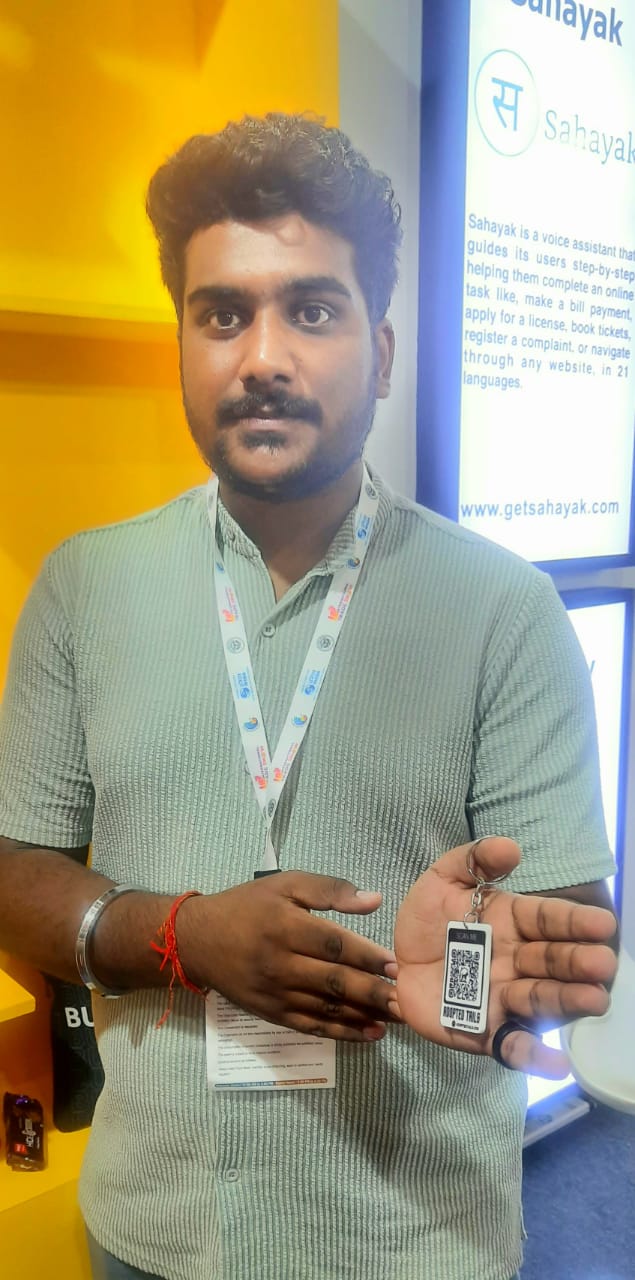Established in 1990, Kenta Technologies, now part of Nautel, specializes in developing Radio Frequency Communication Systems, particularly focusing on Global Maritime Distress and Safety Systems (GMDSS) for telephony and voice transmission. The company provides comprehensive solutions for MF, HF, and VHF systems, catering to both coastal stations and Maritime Rescue Coordination Centres (MRCC). Moreover, Kenta is a leading provider of Software Defined Radio (SDR) technologies, with dedicated test laboratories for radio, EMC, and environmental testing located in Quimper, France.
In an exclusive interaction with The Interview World, Hermann Zensen, Head of Sales and Marketing at Kenta Technologies, delves into the intricacies of digital radio and its distinguishing features from other radio formats. He underscores the significance of digital radio in shaping the future of broadcasting, particularly in community radio settings, and highlights Nautel’s prominent position in the digital radio market. Here are the key insights from his discussion.
Q: What are the distinguishing features and technological differences between digital radio and other radio formats available in the current market landscape?
A: Presently, the primary distinction lies in the spectrum utilized. Essentially, we operate on a different spectrum in comparison. Specifically, in the radio frequency (RF) spectrum, modulation techniques vary. Consequently, within the same frequency band, a greater number of radio programs can be accommodated. Moreover, this expanded capacity allows for increased audio content as well as data transmission.
The key advantage of digital radio is evident in the enhanced audio quality and the inclusion of data services. Data services encompass various functionalities such as text messaging and the display of images on the digital dashboard.
Observing digital radio integration in contemporary vehicles, it is seamlessly integrated into the dashboard interface. Upon accessing the radio, it appears as a recognizable logo representing the radio station. Subsequently, users can navigate through available stations and access additional content, including information about the currently playing artist. This user experience mirrors that of a smartphone, with comprehensive information displayed on the dashboard screen, facilitating access to both audio and video content in a digital format.
Q: What strategies can digital radio employ to effectively penetrate and thrive within a market already saturated with social media platforms and electronic media?
A: Across various continents, radio formats exhibit slight variations. In America, HD radio is prevalent, while in Europe, digital audio broadcast (DAB) is widely used. Meanwhile, in India, there’s a significant presence of what’s known as DRM digital radio. Interestingly, although DRM digital radio is already on air in India, many remain unaware, as it’s transmitted on AM alongside regular programming on adjacent channels.
The DRM signal operates kilohertz above or below the AM frequency. While the technology for reception exists, the challenge lies in the availability of receivers and building a supportive ecosystem. Manufacturers need to produce affordable receivers in large quantities to meet demand. Additionally, various types of receivers are necessary, including kitchen radios, a popular choice in Europe.
In India, there’s a growing demand for radio on mobile phones, as well as in cars, which are essential for capturing a significant market share. However, this transition will take time. India, still in the process of FM rollout, should proceed gradually. Completing the FM deployment before introducing digital radio on selected stations would be prudent. While digital radio may not dominate immediately, it’s foreseeable that in 20-30 years, radios will be exclusively digital.
This evolution highlights a parallel between digital radio and traditional formats like AM, FM, HF, and VHF. Ultimately, the world is moving towards digital formats, promising seamless synchronization of audio, video, data, and metadata.
Q: What are the potential benefits and implications of transitioning from traditional community radio to digital radio in remote areas of India?
A: Low-power radio is an intriguing tool that empowers communities to amplify their voices. It operates within a limited radius, making it perfect for community radio stations, which serve as essential platforms for local expression, sharing news, culture, and facilitating dialogue.
One of the most attractive features of low-power radio is its accessibility. It requires relatively affordable equipment and minimal technical expertise, allowing community members to establish their own stations without facing the entry barriers of traditional broadcasting.
If I were to operate a community radio station, I would initially opt for FM broadcasting due to its reliability and widespread use. As the station gains traction and builds its audience, exploring opportunities in digital radio would become more viable.
The shift towards digital radio among community stations offers a promising pathway for improving accessibility, diversity, and content quality in local broadcasting. By embracing digital technology, these stations can overcome the limitations of analog broadcasting, such as signal degradation and limited coverage. Digital radio provides superior sound quality, efficient spectrum utilization, and additional features like metadata and interactive services, enhancing the overall listening experience for audiences.
Q: What is your company’s market position within the digital radio segment?
A: As the market leader in digital radio within the United States, Nautel specializes in both AM and FM transmitters, which constitute our primary market. Our dominance in AM transmitter sales extends globally, as we boast the top position worldwide, owing to the scarcity of AM manufacturers and the innovative design of our transmitters.
For instance, nearly 80-85% of all AM radios utilize Nautel equipment, showcasing our significant influence in the linear radio sector. Additionally, our supremacy in the US FM transmitter market signifies a substantial achievement. Achieving this status in the US suggests a strong global standing as well. Beyond the United States, Nautel maintains a robust presence in key Asian markets, particularly in China and Southeast Asia, where our products enjoy considerable demand. Furthermore, India’s market is rapidly gaining traction, indicating promising growth prospects for our business in the region.










3 Comments
I subscribed to this wonderful website recently, they make outstanding content for followers. The site owner is gifted at engaging readers. I’m delighted and hope they continue their splendid skills.
Amazing blog! Is your theme custom made or did you download it from somewhere? A design like yours with a few simple adjustements would really make my blog jump out. Please let me know where you got your design. Many thanks
You made some decent points there. I did a search on the issue and found most individuals will consent with your blog.
Comments are closed.